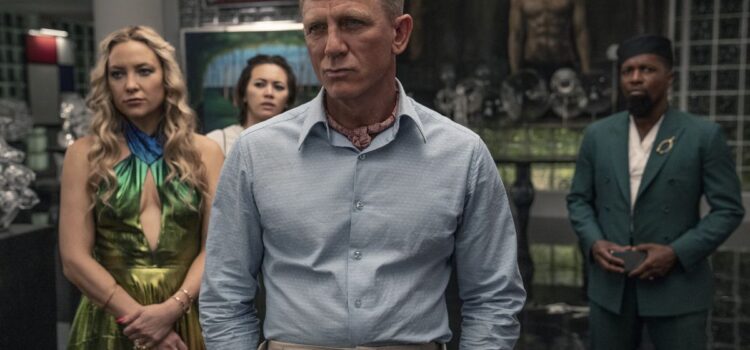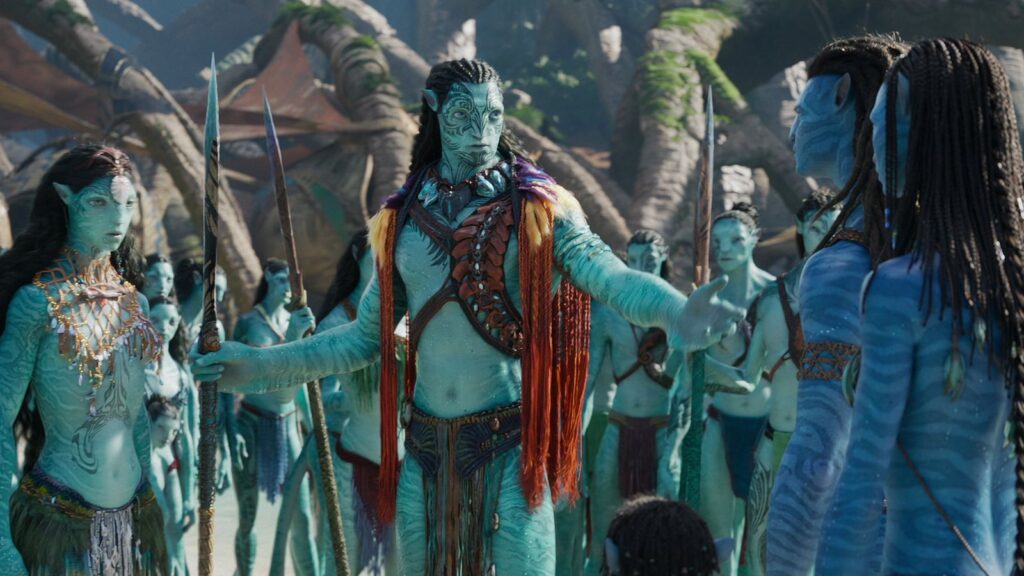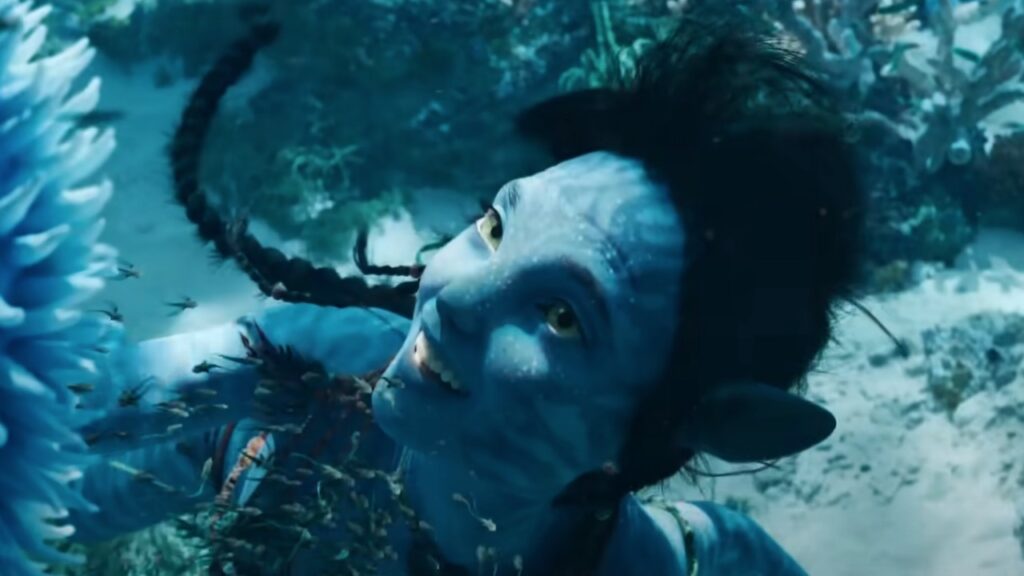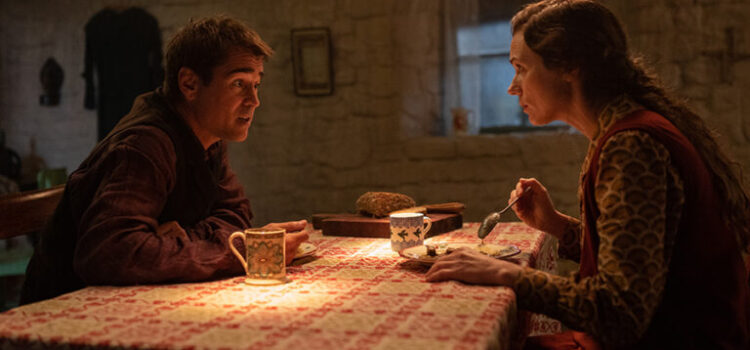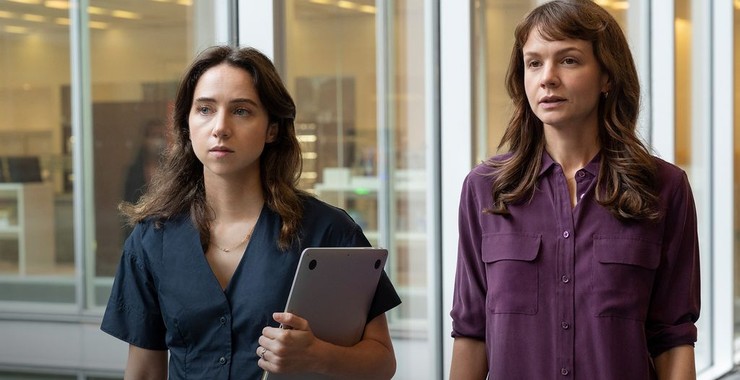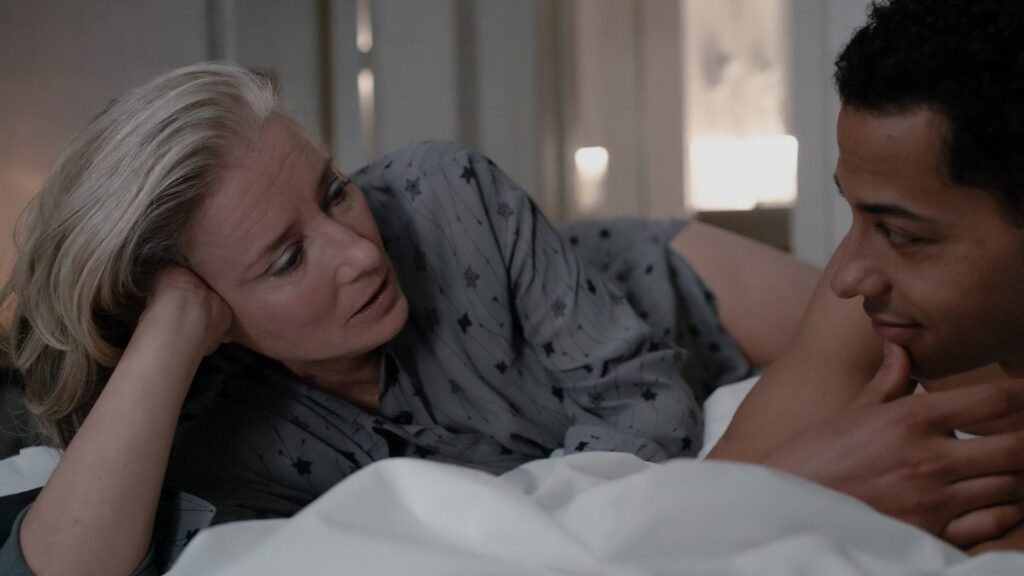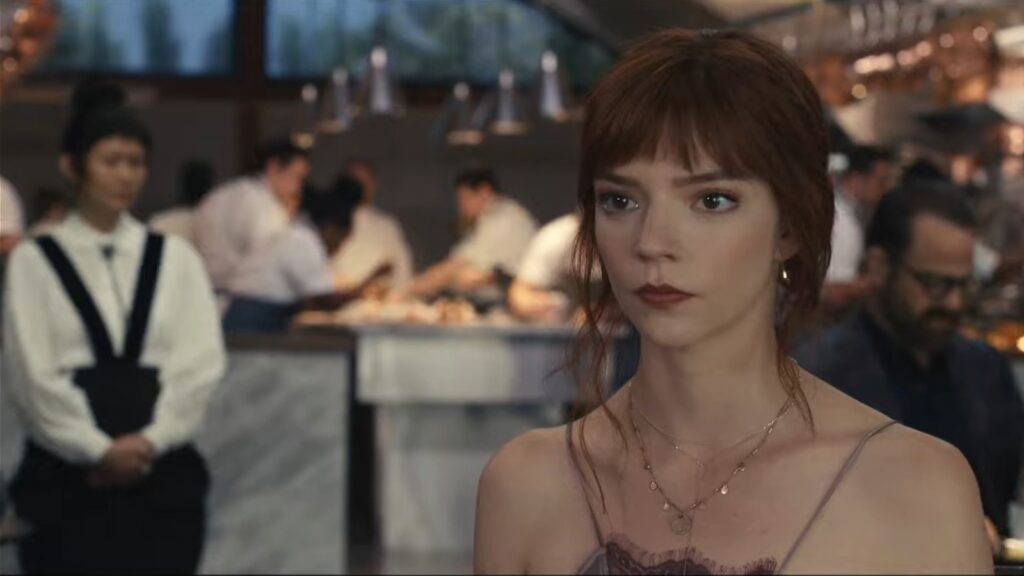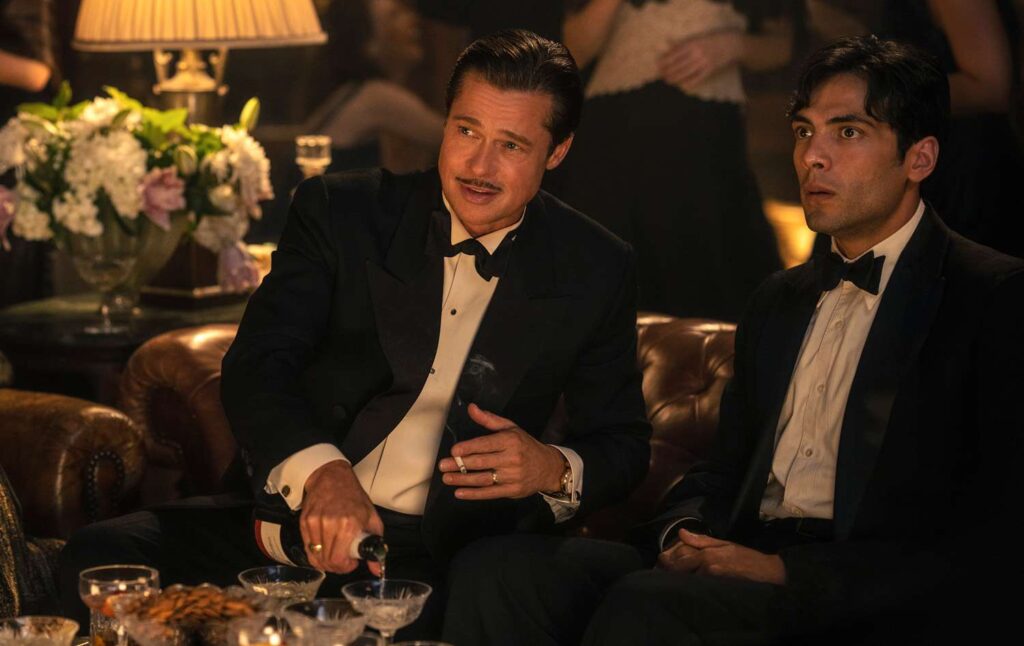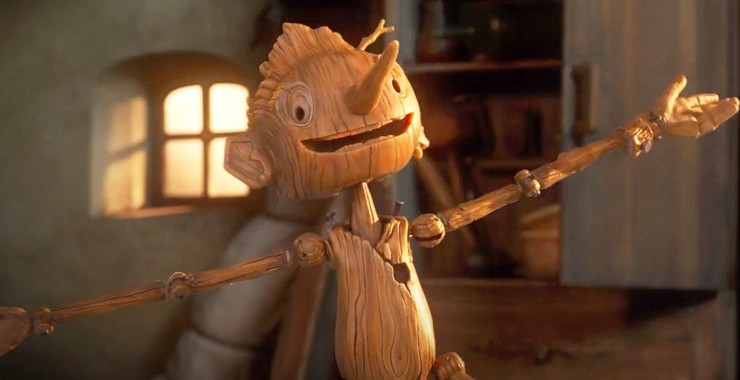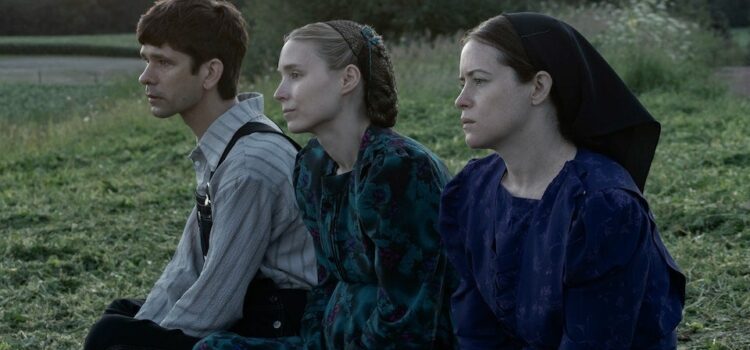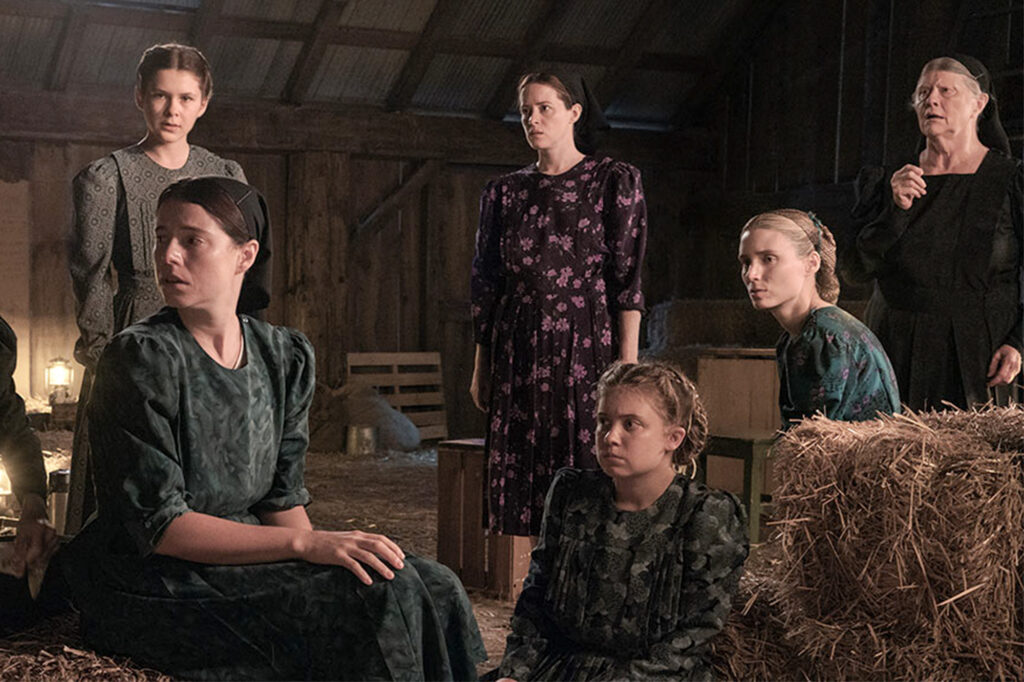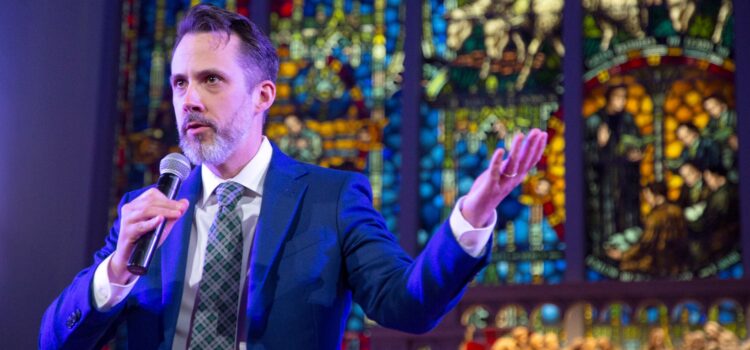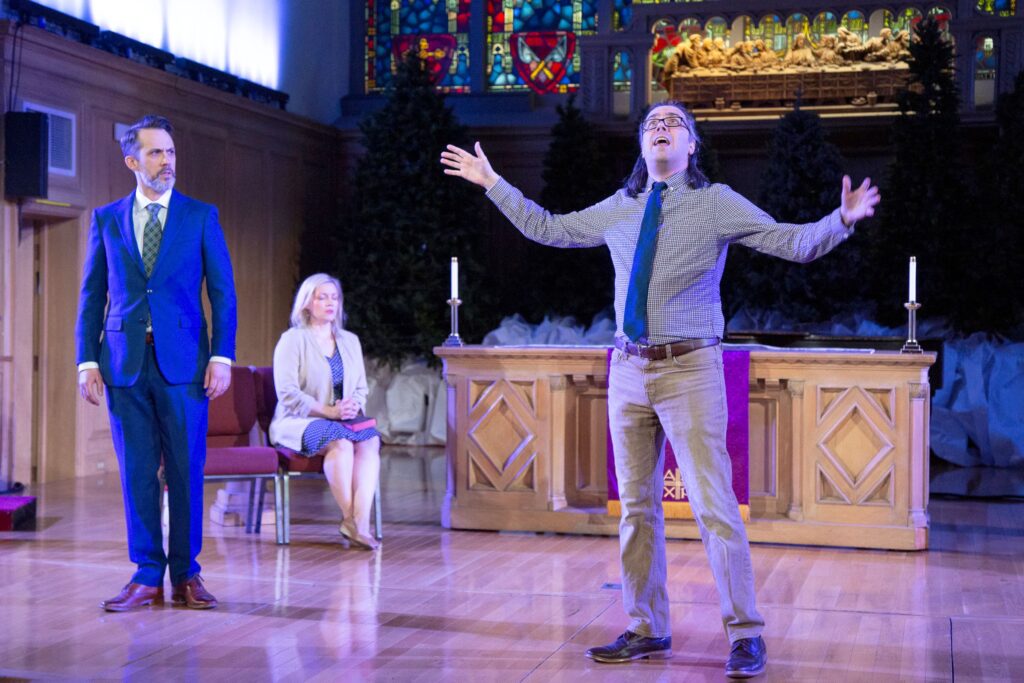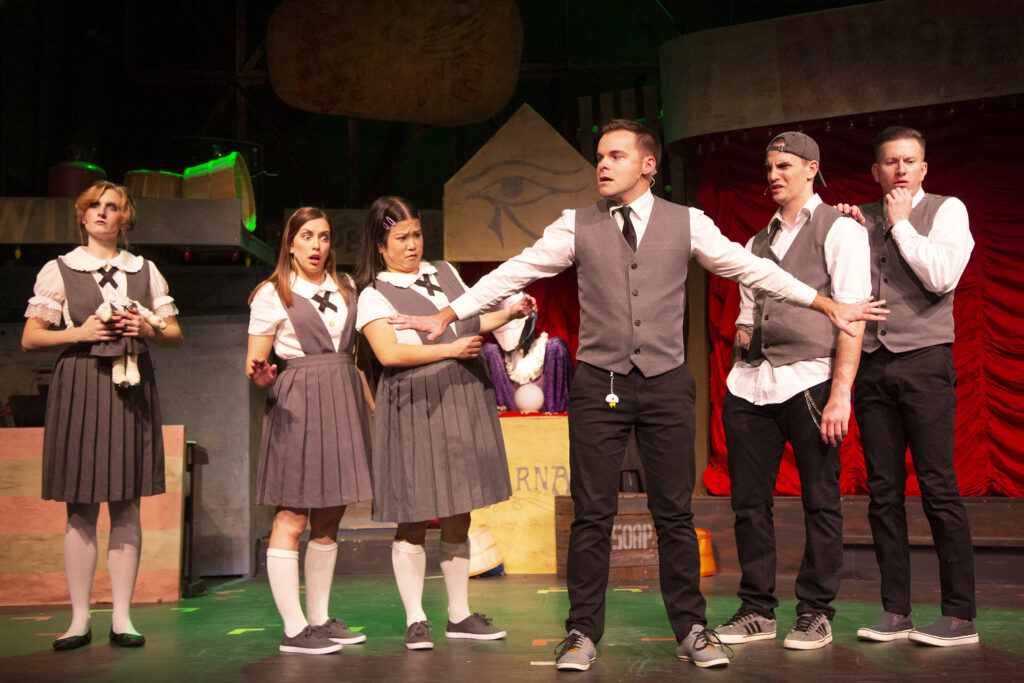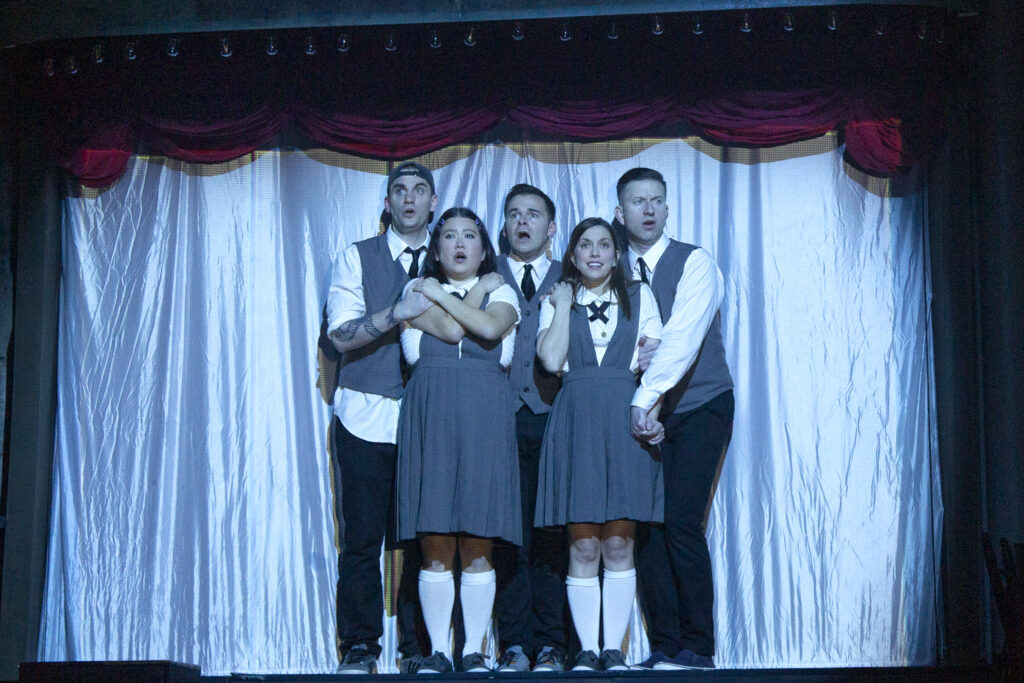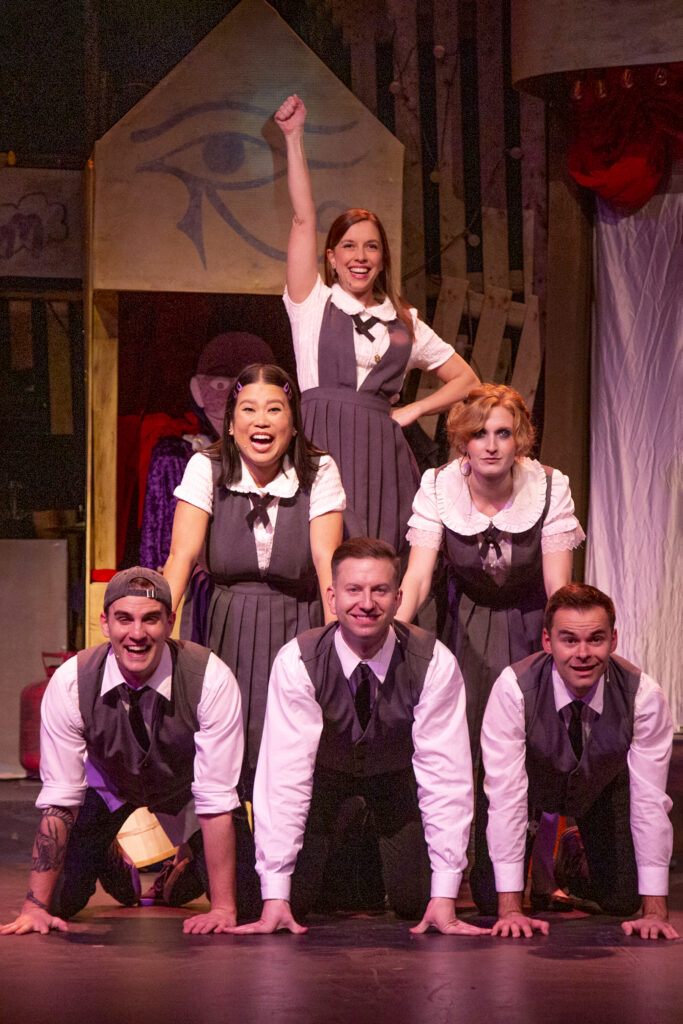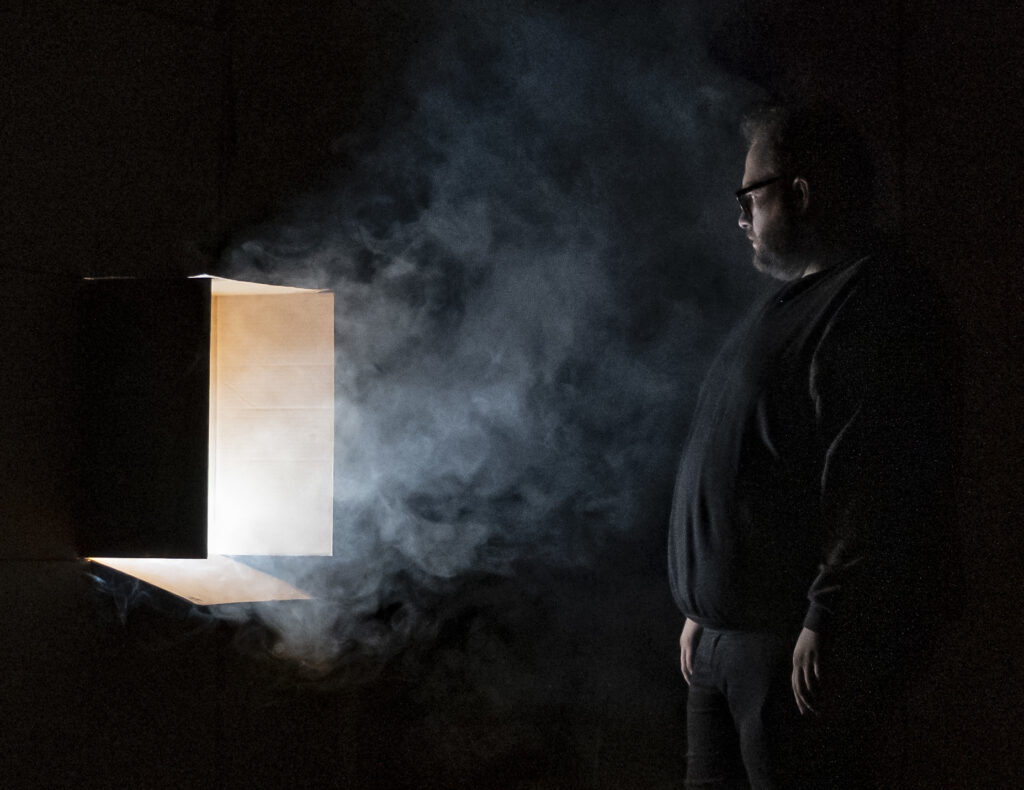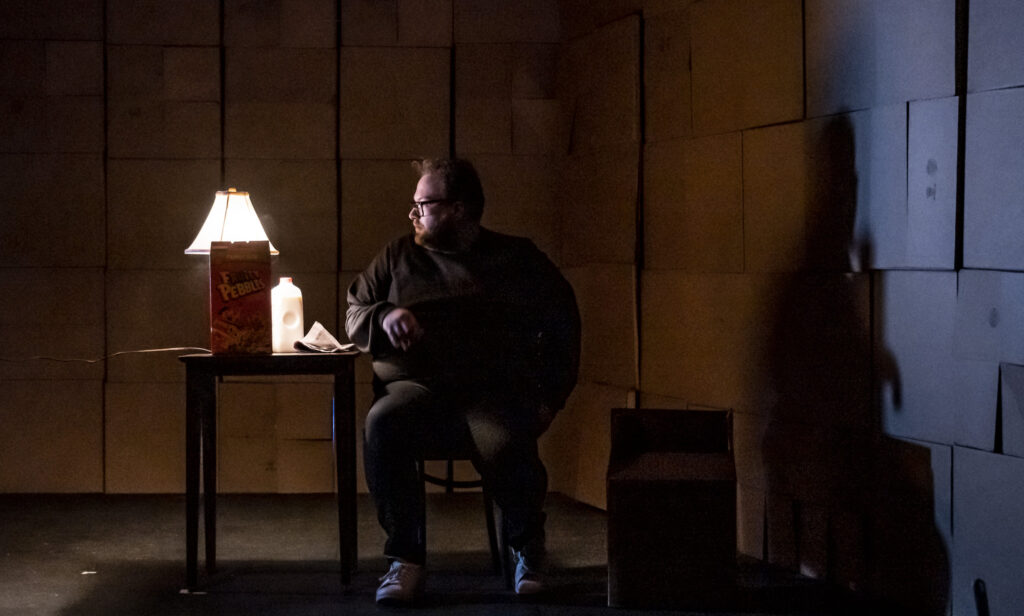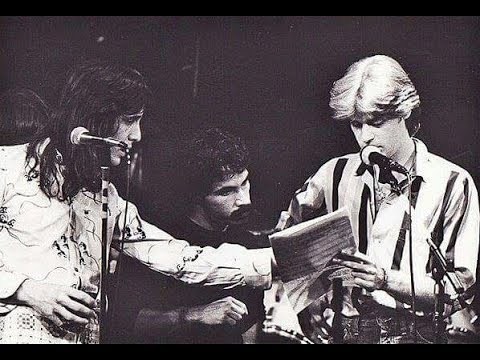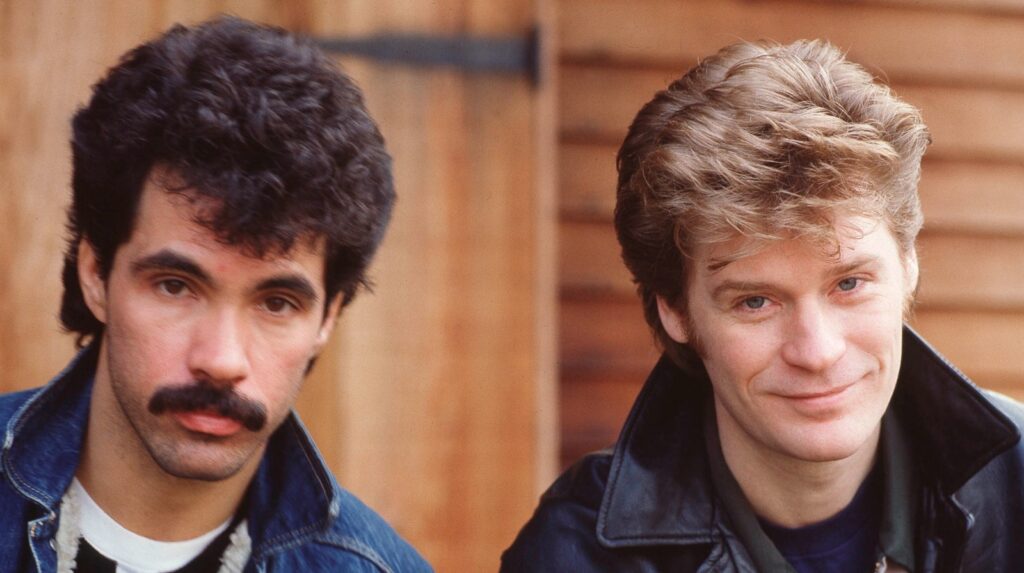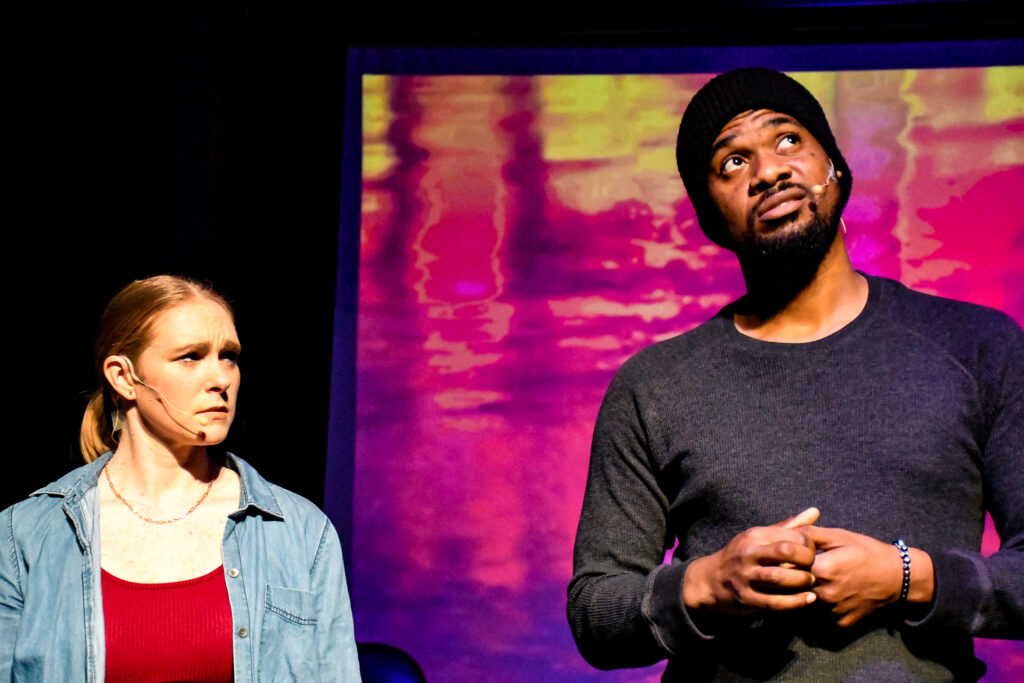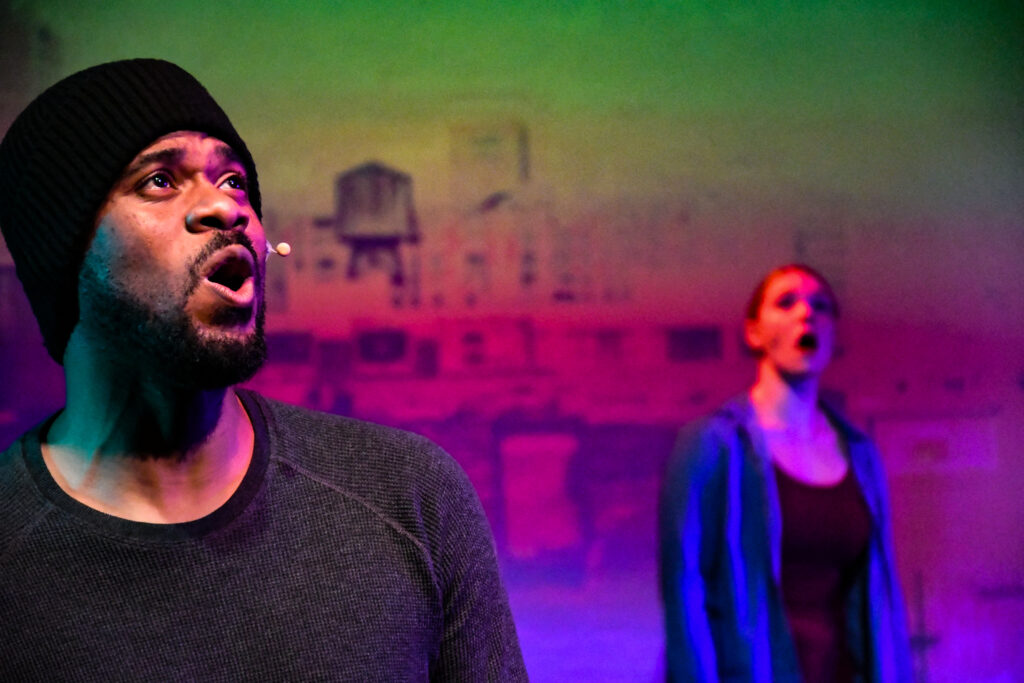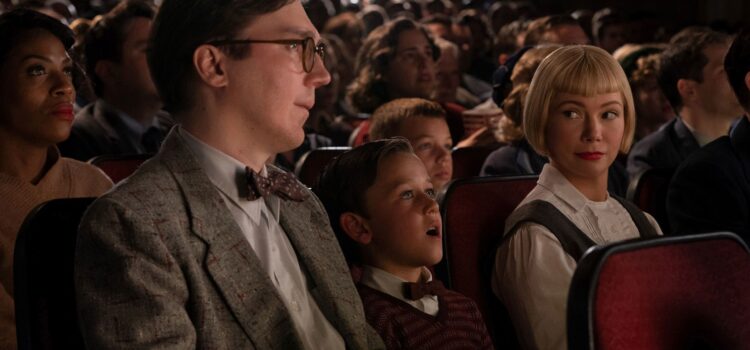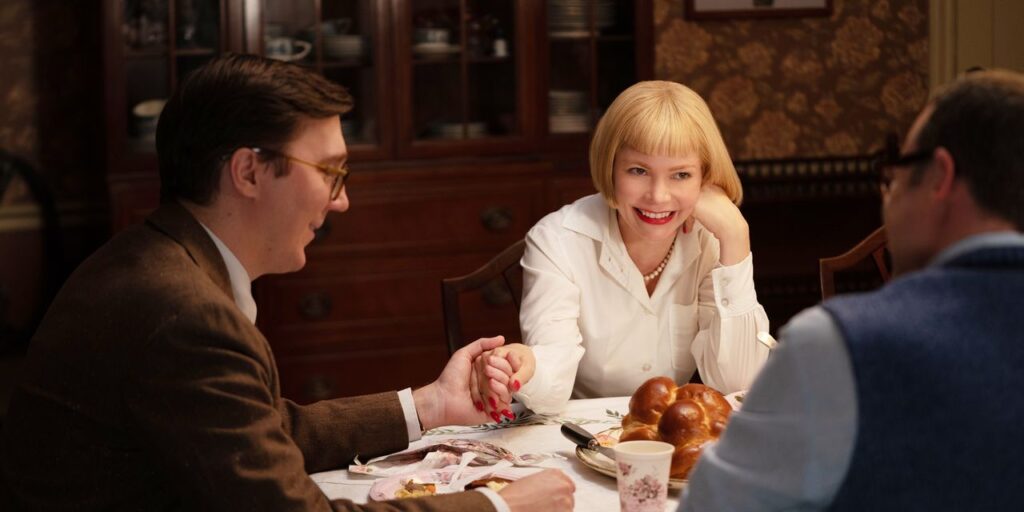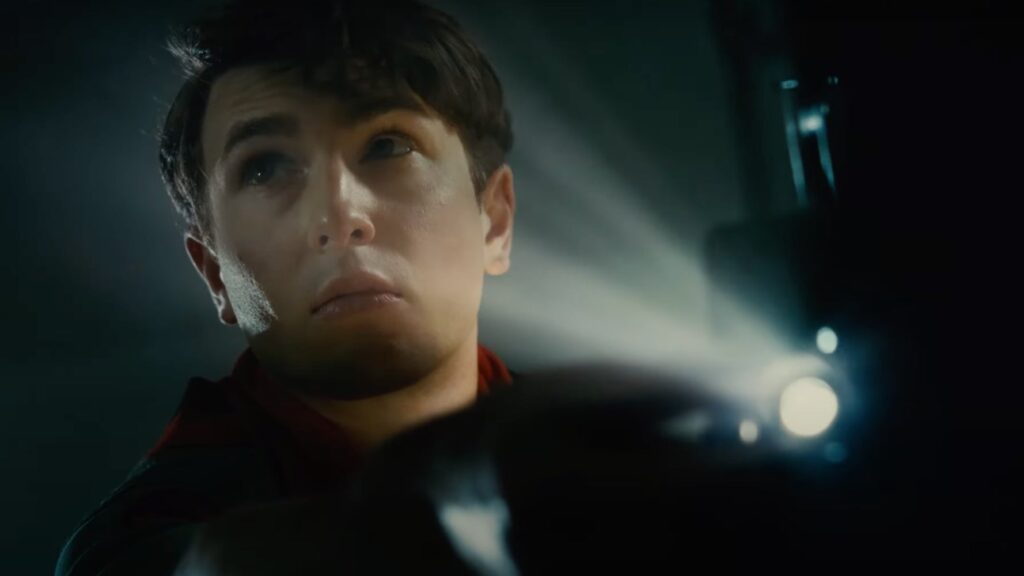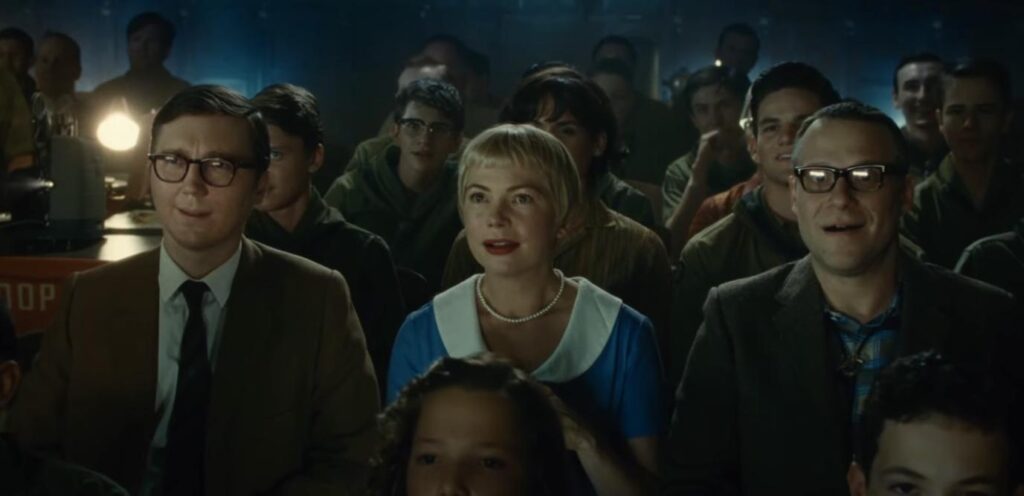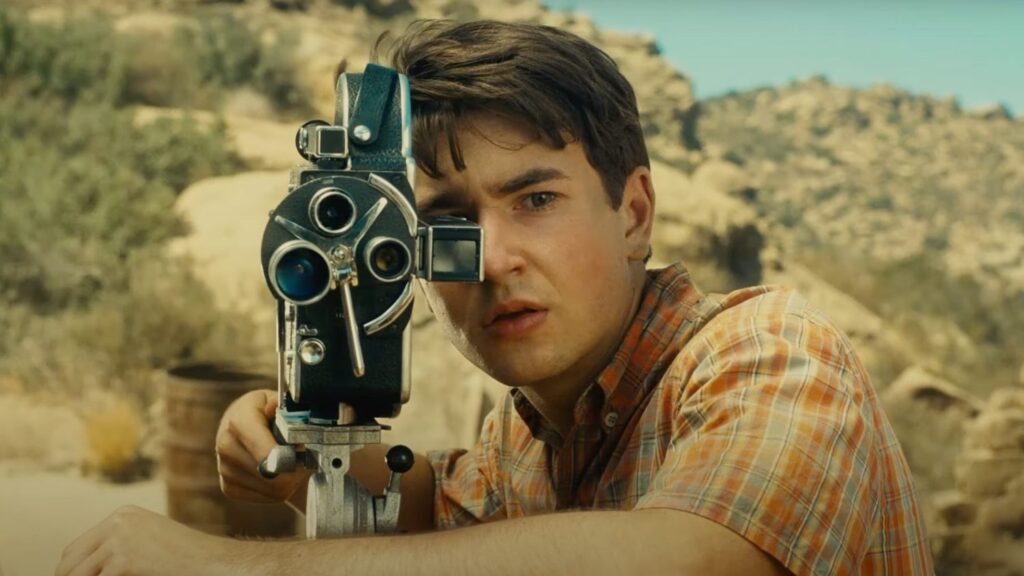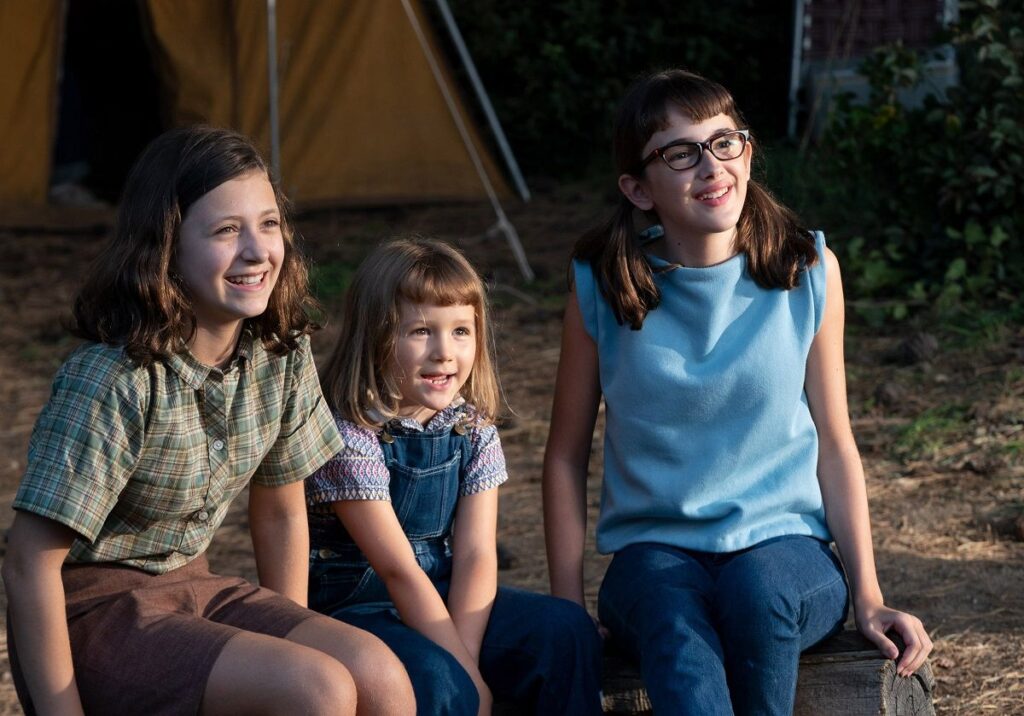By Lynn Venhaus
One of the most entertaining films of the year, “Glass Onion: A Knives Out Mystery” is a spellbinding and stylish whodunit that satisfies from start to finish.
Southern detective Benoit Blanc (Daniel Craig) travels to Greece to peel back the layers of a mystery involving a new cast of colorful suspects.
Names will be dropped, drinks will be spilt, airs will be deflated, and secrets divulged in a saucy blend of clever comedy and a tough-to-crack mystery from the fertile mind of writer-director Rian Johnson.
Johnson, who helmed the first “Knives Out” in 2019, has kicked this one up a notch. The original’s time-honored chamber formula of a rich old patriarch’s demise that revealed his family’s fissures set in an old-timey mansion was one of the most critically acclaimed and popular hits that year.
Johnson goes bigger in this sequel, and it’s better than the first. He weaves an impressive yarn that’s thoroughly plausible, aided by a tight ensemble that’s at the top of their game.
The location is luxe, a private island in Greece that’s the home of tech billionaire Miles Bron, deftly played by Edward Norton. He has invited his college friends who knew him when – and each of them owes their careers, and their well-heeled lives, to him. They get together every year, and this time, it’s for an elaborate murder mystery game where he will be the victim.
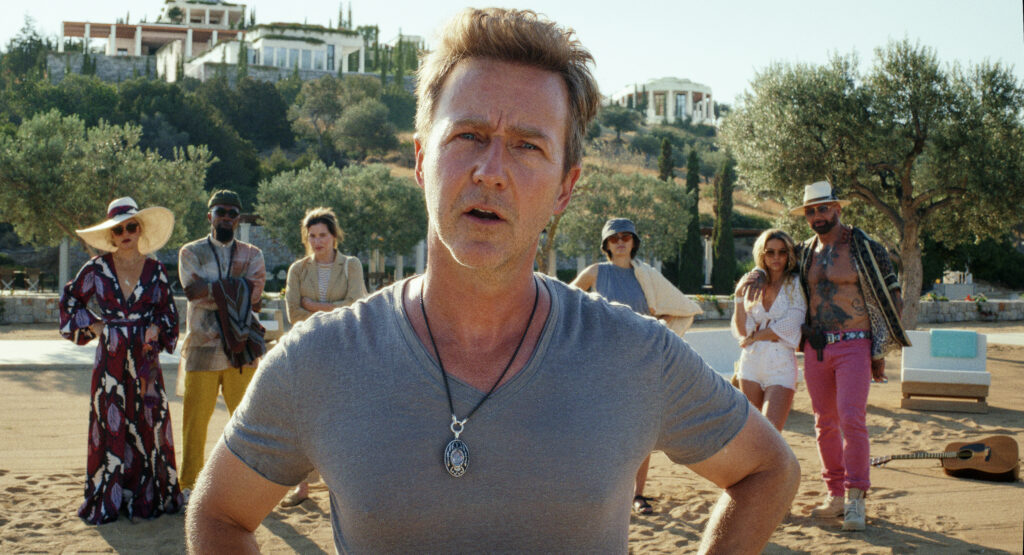
Come to find out, these folks do have reasons to be on the enemy list – and for them to each have a motive to dispense him, too. There to throw a wrench into the proceedings is Benoit Blanc – “the world’s greatest detective” – who has inexplicably landed an invitation.
Now playing the sharp Southern sleuth for the second time, Daniel Craig is as smooth as a craft cocktail at a swanky soiree. He oozes smarts and charm, carrying the film with much authority. It’s a terrific performance, much more lived-in than the first time we met him.
Miles’ estate is as ostentatious as possible, and the guests live large. The pre-fame buddies are an assorted box of chocolates with surprises inside. Kate Hudson hasn’t been this good in a while as flaky conniver Birdie Jay, a former supermodel now lifestyle influencer whose assistant Peg, well-played by Jessica Henwick, prevents her cancellation multiple times.
Beefy Dave Bautista, Drax the Destroyer in “The Guardians of the Galaxy” franchise, is a lunkhead wild card here. He’s a social media star, a men’s rights advocate who is always packing heat. He also has a sassy hot girlfriend, “Whiskey,” played by Madelyn Cline.
Mixing business with politics is steely Kathryn Hahn as a Connecticut governor now running for the Senate, Claire Debella.
Closest to Miles’ inner circle is sharp-dressed scientist Lionel Toussaint, Leslie Odom Jr. as more of a silent observer here. He’s responsible for making Miles’ tech ideas work.
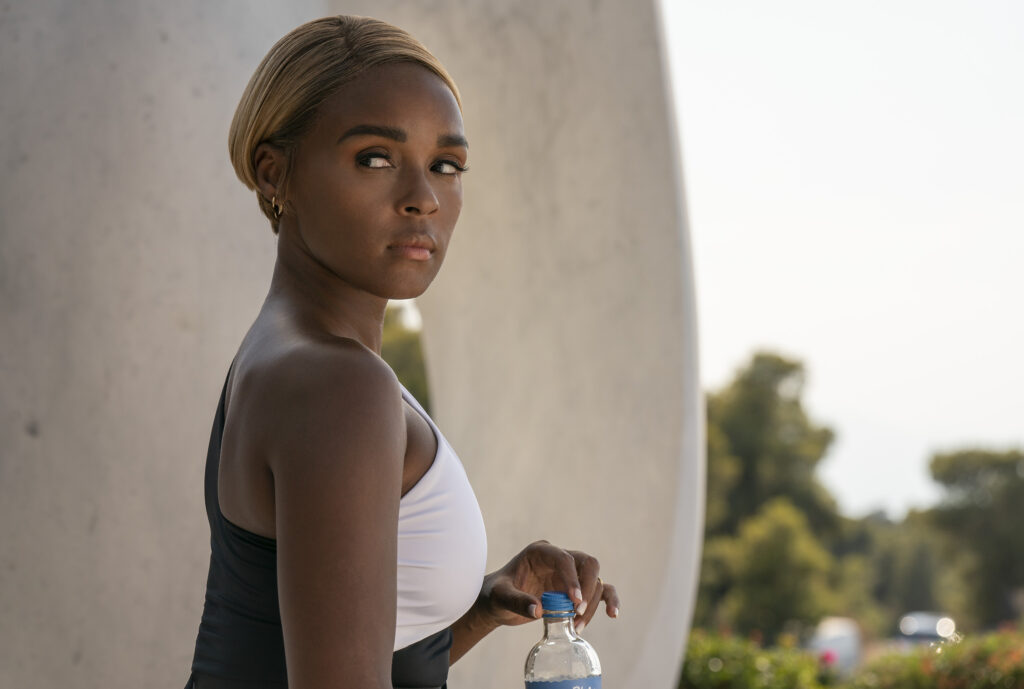
Along comes Andi Brand, a never-better Janelle Monae, whom everyone is shocked to see there. She was Miles’ former business partner who was shut out in a messy corporate break-up. She is moving in mysterious ways, raising more questions than answers.
The plot thickens in such a beguiling way, with interesting twists, and a parade of fun cameos keeps the film breezy.
Johnson, Oscar nominated for original screenplay for the first one, is a frontrunner in this year’s awards season, only this time, it’s for adapted screenplay. He demonstrates a flair for piecing intricate puzzles together and a firm grasp of building vivid characters.
The film is meticulously crafted in other ways. Jenny Eagan’s costume designs pop and are playful – especially Birdie’s dazzling rainbow gown and Benoit’s seersucker swim set. Rick Heinrichs’ production design is a marvel of glass, artsy-fartsy nouveau riche bric-a-brac, and luxury resort accoutrements. And Nathan Johnson’s music score captures the shifting moods perfectly.
The whodunit may be set in a remote location, but it’s not cut off from the world, and Johnson’s jabs at the 1% and vapid celebrity culture land with fine precision.
A nice touch is Johnson’s homage to Angela Lansbury, who played widowed mystery writer and amateur detective Jessica Fletcher on “Murder, She Wrote” for 12 seasons, and legendary composer Stephen Sondheim, who penned the 1973 mystery film “The Last of Sheila” with Anthony Perkins, and was known for his obsession with games and puzzles. They show up in cameos, and the film is dedicated to the two. Touche.
“Glass Onion” is a fun romp, surely setting up another sequel. In the meantime, Johnson has given us something to savor, a bright spot in an already dreary winter.
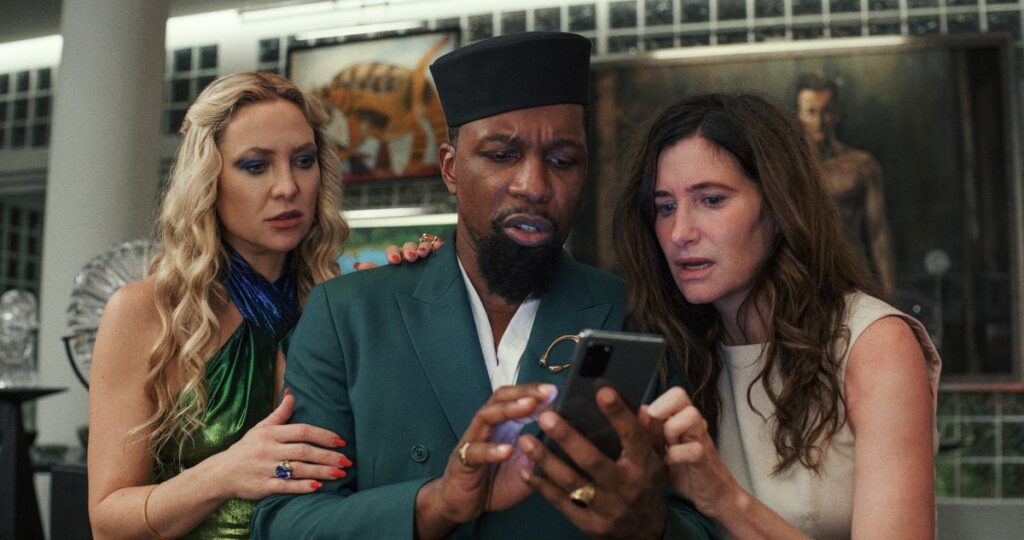
“Glass Onion: A Knives Out Mystery” is a 2022 mystery comedy-drama written and directed by Rian Johnson. It stars Daniel Craig, Edward Norton, Janelle Monae, Kate Hudson, Dave Bautista, Kathryn Hahn, Leslie Odom Jr., Jessica Henwick and Madelyn Cline. Rated PG-13 for strong language, some violence, sexual material and drug content, it runs 2 hours, 19 minutes. It began streaming on Netflix Dec. 23. Lynn’s Grade: A.

Lynn (Zipfel) Venhaus has had a continuous byline in St. Louis metro region publications since 1978. She writes features and news for Belleville News-Democrat and contributes to St. Louis magazine and other publications.
She is a Rotten Tomatoes-approved film critic, currently reviews films for Webster-Kirkwood Times and KTRS Radio, covers entertainment for PopLifeSTL.com and co-hosts podcast PopLifeSTL.com…Presents.
She is a member of Critics Choice Association, where she serves on the women’s and marketing committees; Alliance of Women Film Journalists; and on the board of the St. Louis Film Critics Association. She is a founding and board member of the St. Louis Theater Circle.
She is retired from teaching journalism/media as an adjunct college instructor.

